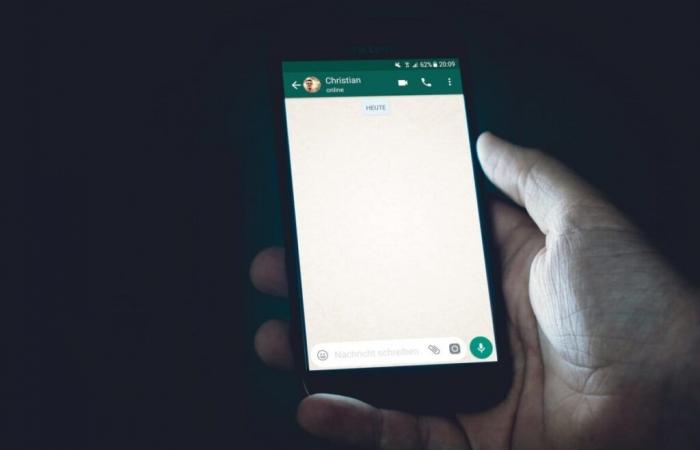In its beta version, WhatsApp now offers a new reverse image search feature. Based on Google Lens, it will allow you to know where an image that may have been sent to you comes from.
WhatsApp is regularly enriched with new features, whether to simplify contact management, to modify emoji reactions or to simplify the interface.
The latest novelty concerns images transmitted through Meta instant messaging. Indeed, as reported by the site WABetaInfospecializing in application news, beta version 2.24.21.31 of WhatsApp on Android introduces a new reverse image search functionality.
Concretely, the context menu opened with an image will now give access to an additional function. In addition to the possibility of opening the image in the gallery, setting it as wallpaper or making a sticker, it is now possible to search for it on the Internet. An option “search the web» is in fact proposed.

To do this, WhatsApp will actually rely on Google’s image search functionality, via Google Lens. The image will thus be put online on the service in order to be able to find the different web pages on which it was shared.
A function to combat fake news
This function can be useful for verifying that a contact is indeed sharing their real photo and that it is not phishing. It may also be of interest in the context of WhatsApp channels on which some people can share fake news with images that are not correctly contextualized.
Currently, the feature is only available to users enrolled in the WhatsApp beta program on the Google Play Store. However, it should expand to more users in the coming weeks.






